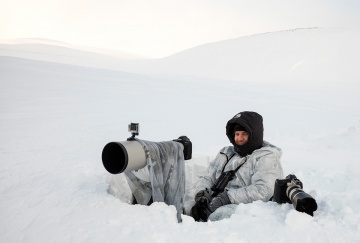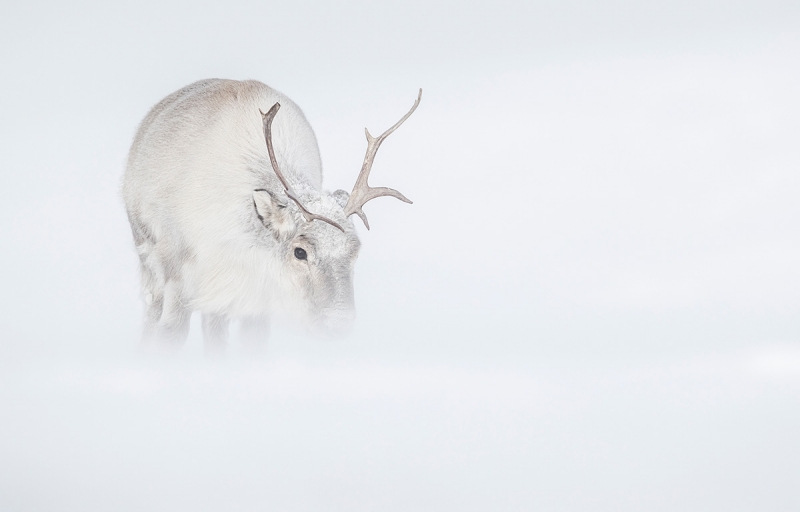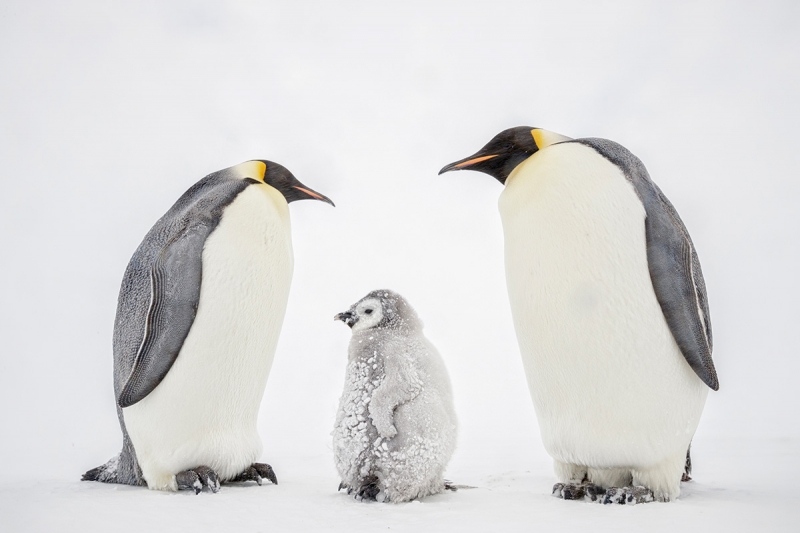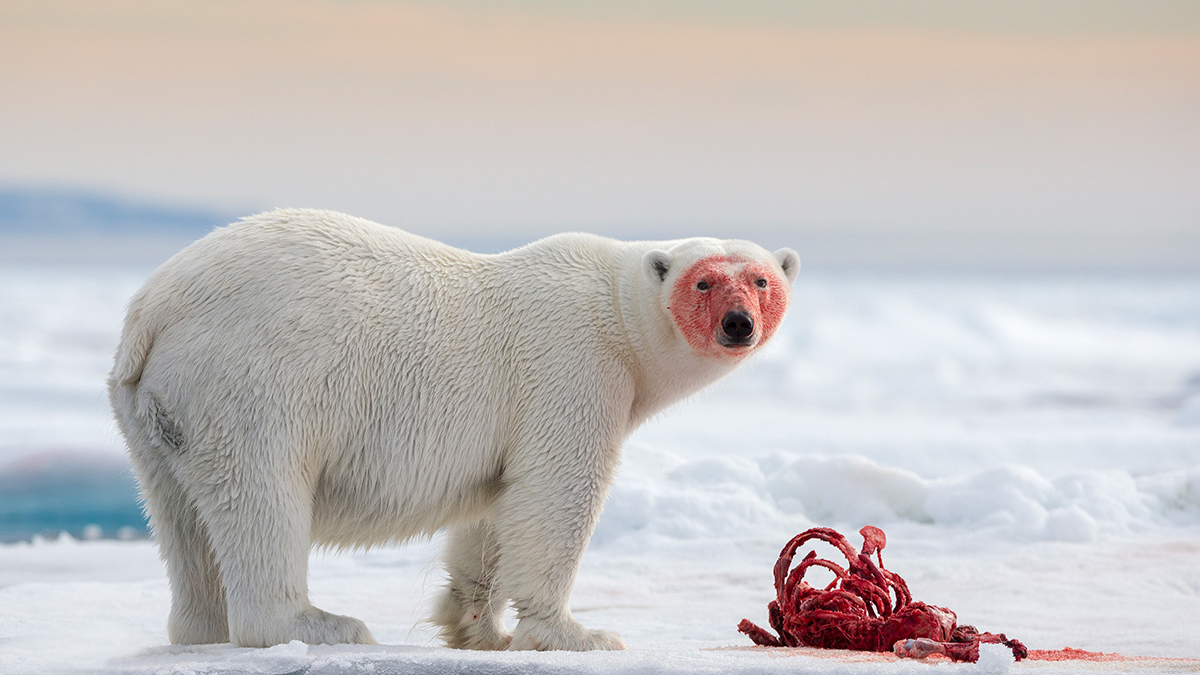How Joshua Holko became a polar wildlife photographer
Wildlife photographer Joshua Holko explains how he created a niche into polar photography
• March 2018 issue
When Melbourne, Australia-based photographer Joshua Holko packs for a trip, he doesn’t go light. Battery-powered socks and heated boots, emergency beacons, satellite phones, multiple cameras with lenses ranging from wide-angle to 600mm—the gear bag gets heavy in a hurry. And it’s all necessary for one of the world’s leading polar photographers to do his job in some of the earth’s most extreme environments.

The inspiration for this specialty came as Holko was searching for a niche to call his own. Attracted to rugged landscapes in remote places, Holko traveled to Iceland in 2008. He found himself enamored of the quality of light he found during the long summer sunsets there. He started visiting places on both ends of the globe: Iceland, Greenland, Antarctica, and Svalbard, Norway. Over the course of three years, he built a portfolio and a network of interested buyers, establishing himself as the go-to cold-weather photographer for polar images.
“Carving out that niche was incredibly important,” says Holko. “If you have a super-fine niche, you can really focus on it and do your best work. Also, it’s critical from a business model perspective to be seen as the expert in a field.”
Stone cold style
For Holko, being an expert in his field means creating images with a unique perspective and showcasing the drama of the extraordinary places he visits. Ultimately, he endeavors to bring back images that will make a lasting impact on people.
To accomplish that, he has dedicated himself to mastering his style and technique. He invested heavily in himself, spending money traveling to remote locations, researching his subjects, and working on his craft. “I work harder on my photography today than I ever have,” he says. “That’s because capturing great images in these extreme environments is all about technique and process. It’s a matter of hit or miss, and most often it’s a miss. I go out looking for three elements: a great subject, great lighting, and great composition. Those three don’t come together all that often, but you have to have all three to make a great image.”
Holko shoots thousands of images a year but puts only a few dozen on the market. He’ll use slow shutter speeds and a variety of lens filters but doesn’t do HDR or compositing as he’s dedicated to capturing nature as it exists. “I want to show what’s out there in the real world using simple, clean compositions that are well balanced and create emotion,” he says.

Three prongs for business
Holko built his business on a three-pronged approach that includes fine art print sales, image licensing for commercial and editorial use, and photographic workshops.
For print sales, he focuses on fine art collectors and uses an agent to represent his work. Galleries in Melbourne and Aspen, Colorado, sell limited-edition prints he makes himself, and the agent markets the work to an established network of art buyers.
“For me, the print is the real finished work of art,” he says. “A digital file is just a collection of pixels. If that’s all you’re selling, then you’re leaving gobs of money on the table. Printing has never been easier than today. It’s really a straightforward process, and it allows you to provide a level of quality that customers just can’t achieve on their own. It also has a great margin, which helps make it a key
component of any photographic business.”
Holko doesn’t sell stock imagery because of the commoditization of stock photography that has devalued images sold through the major agencies. Instead, he licenses images directly to companies, which allows him to set his own price based on the company and the intended image use.
Workshops form the final leg of the business and help finance many of Holko’s photographic expeditions. He takes groups of dedicated photographers on some of his trips, which helps offset the expedition cost and gives him an opportunity to share the experience of photographing his favorite landscapes while also working on his own projects.
“To succeed in this business you have to stay ahead of the competition. You have to work smarter and harder. I love what I do, and I’m out doing it all the time. When I’m not photographing, I’m thinking about photography or studying photography. It’s very much a full-time job just to keep up,” he says.

The value of emotion
Successful niche photography is built on the premise of high-quality work delivered to the right buyer. It’s difficult to be profitable in a narrow specialty like polar photography with a business model built on inexpensive reproductions. Holko learned that earning a higher valuation for his work required impec-
cable quality and consistent results. And there was something else. In the modern marketplace where people have been trained to consume thousands of images a day, the challenge is creating images that make people stop, look, and feel something.
“To create lasting images that stand the test of time, it’s important to elicit an emotional response,” says Holko. “If someone stands in front of an image and feels something, then it’s a successful image. Then it has real value. If you can do that consistently, then you have the foundation of a successful photography business.”
RELATED: More of Joshua Holko's polar images.
Jeff Kent is editor-at-large of Professional Photographer.


